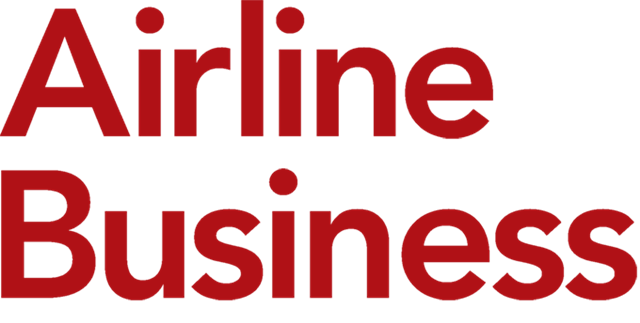US airlines recruit to beat pilot ‘re-shortage’

A year and a half after Covid-19 wiped out the pilot shortage, the industry is once again wondering where it will find the flight crew to accommodate the rapid, uneven rebound to pre-pandemic levels and beyond.









 membership benefits
membership benefits